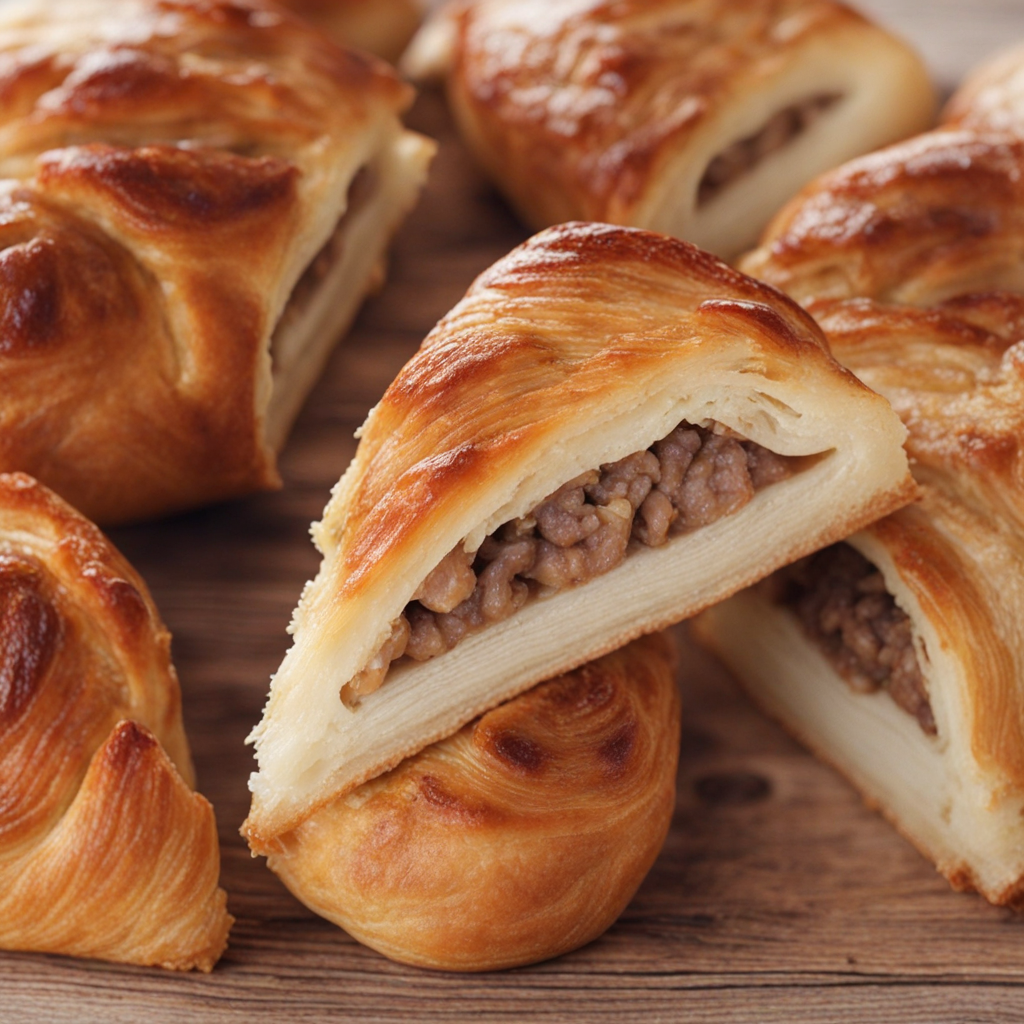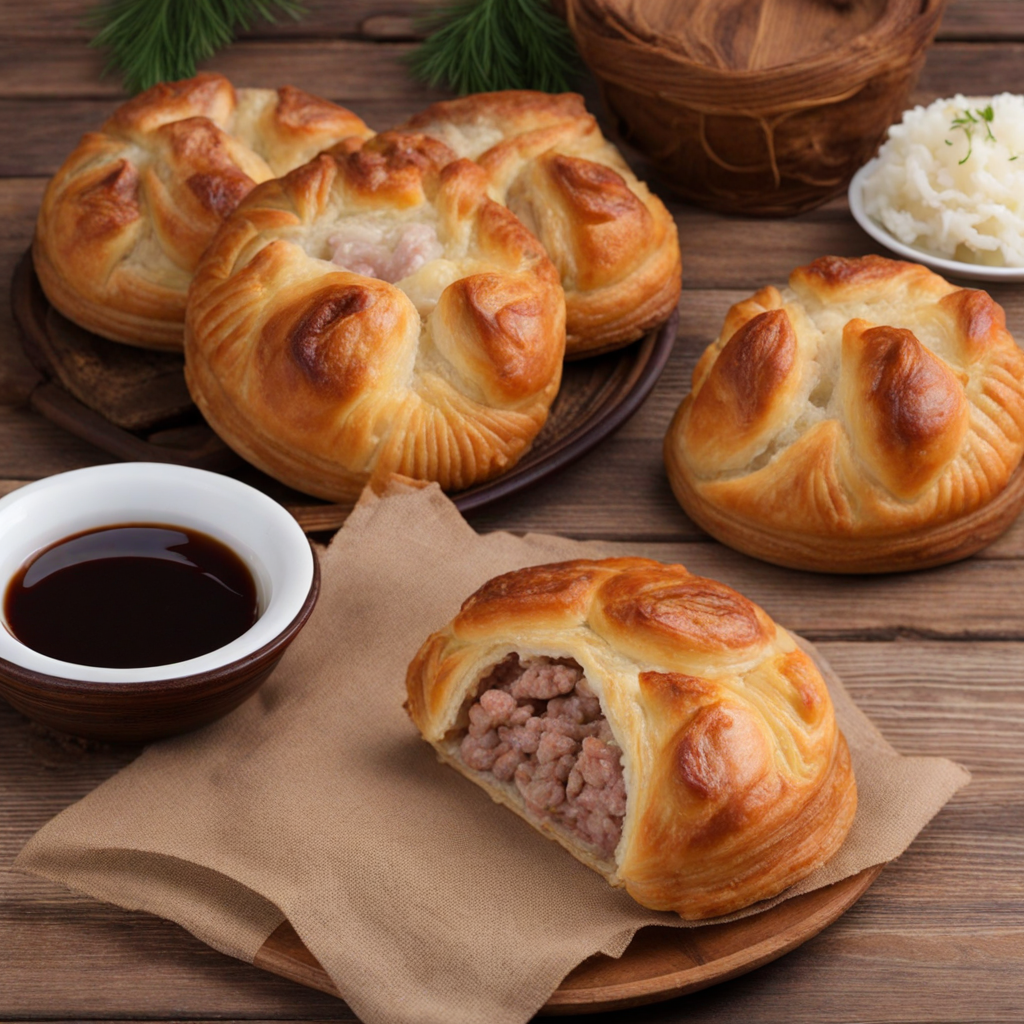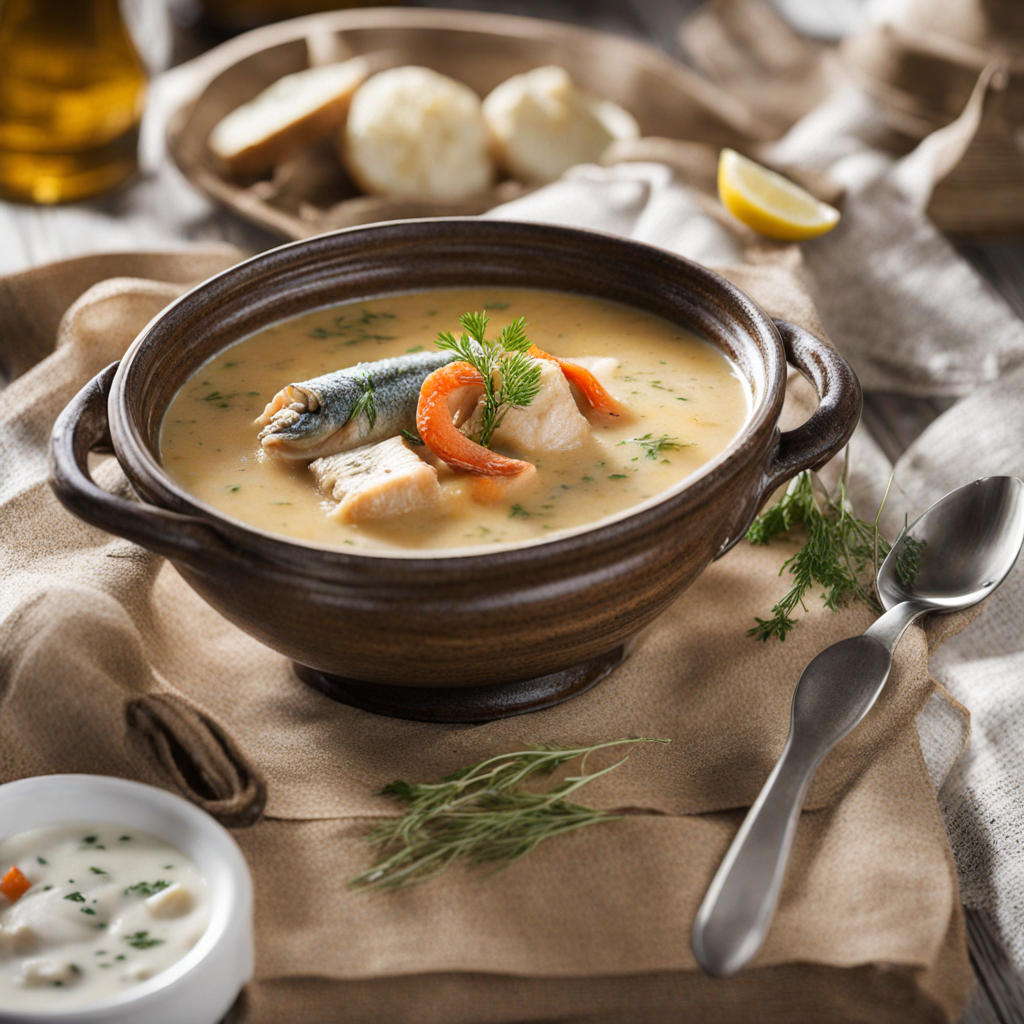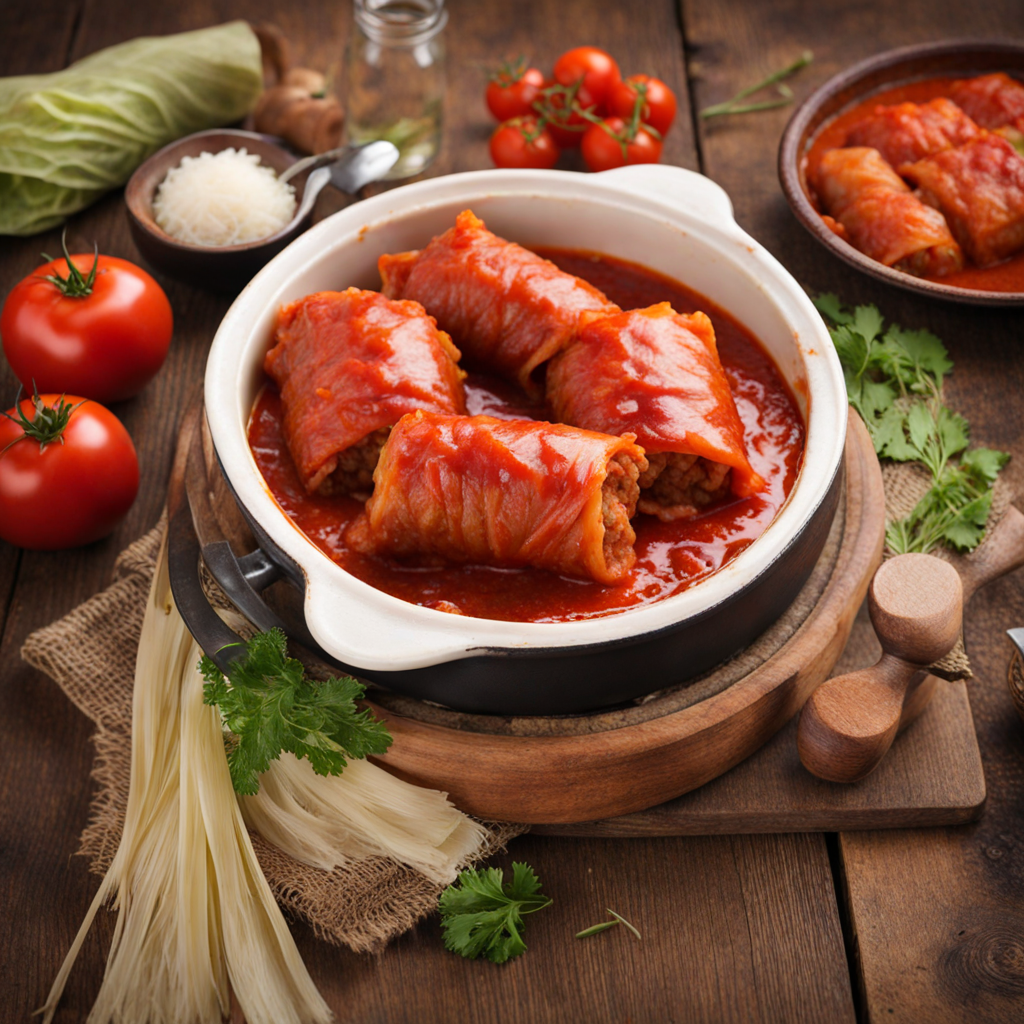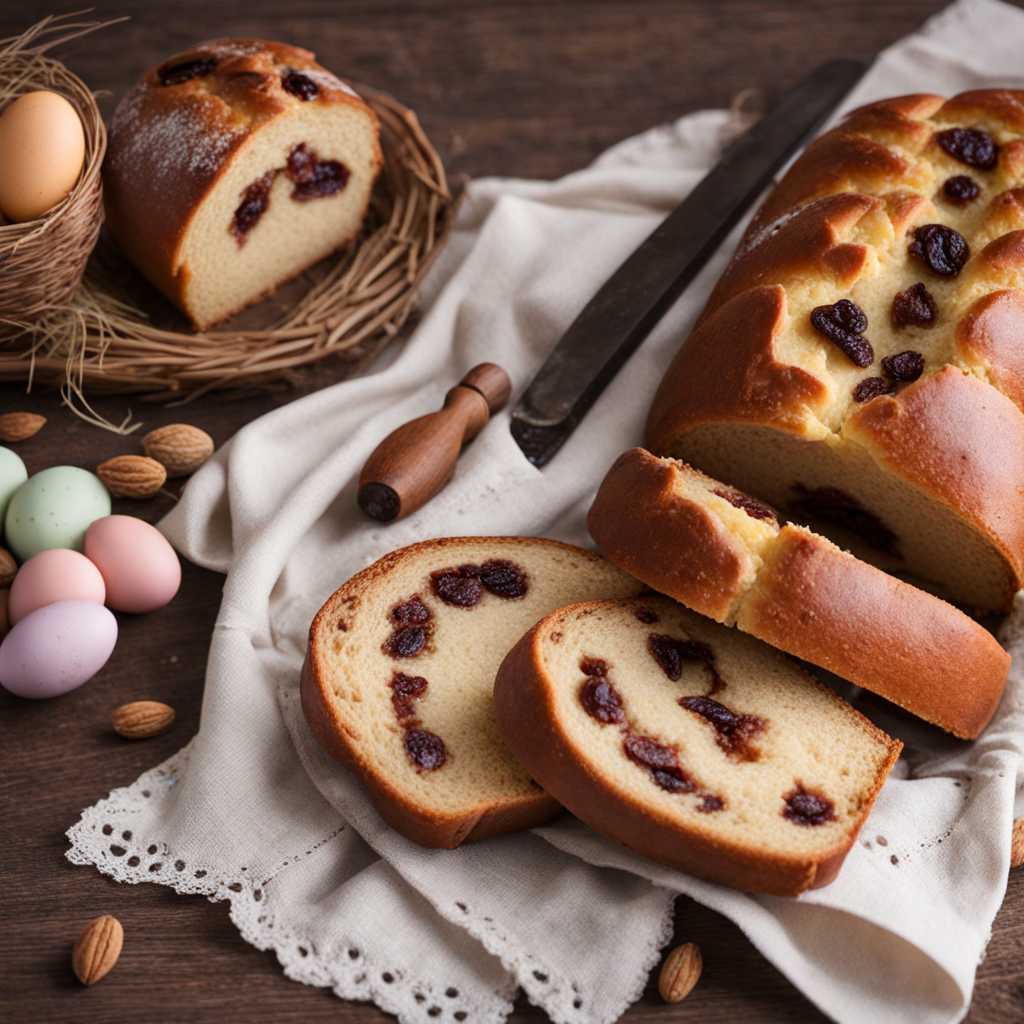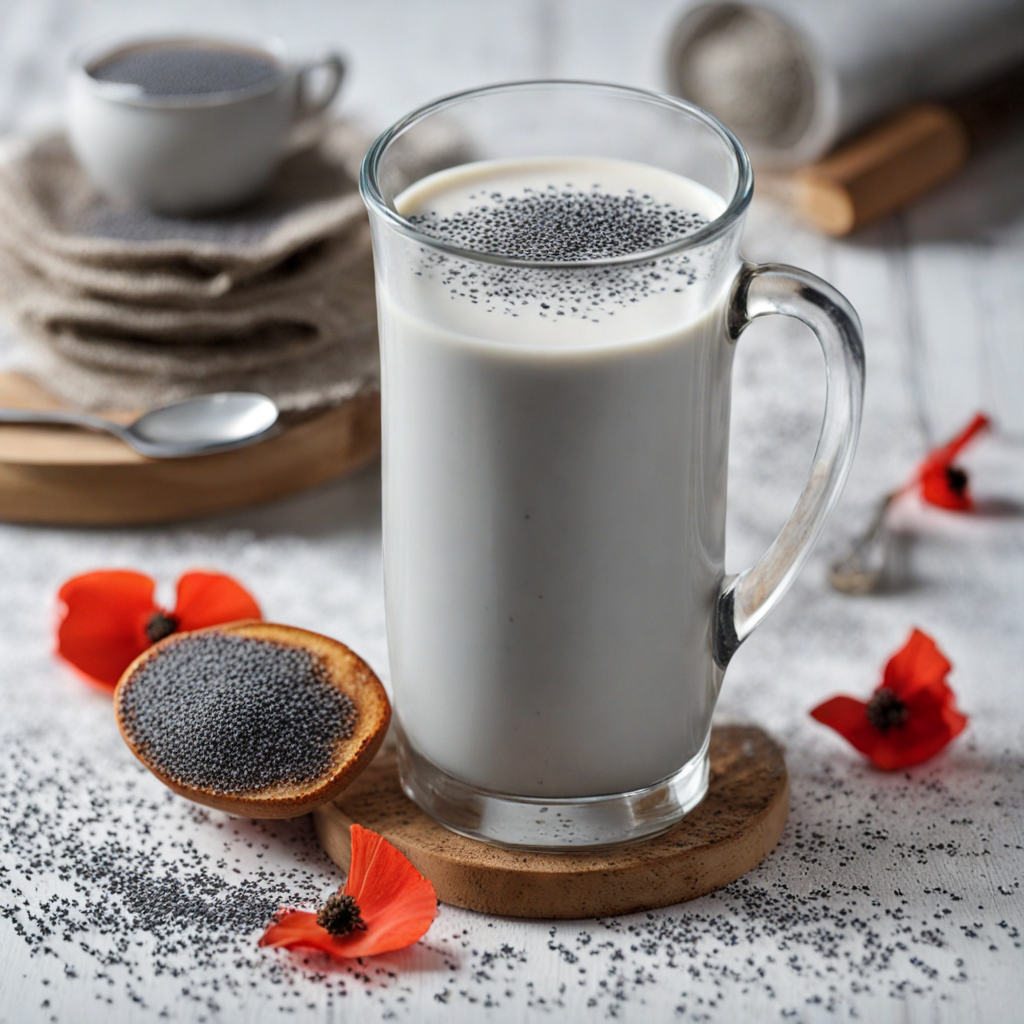Kibinai
Kibinai are traditional Lithuanian pastries that hold a significant place in the culinary landscape of the Baltic region. Originating from the Karaim community, a small ethnic group in Lithuania, kibinai are believed to have been influenced by the culinary traditions of the Middle East and Central Asia, reflecting the historical migrations and cultural exchanges in the area. The dish is particularly associated with the town of Trakai, where the Karaim people settled in the 14th century. The name "kibinai" is derived from the word "kibin," which means “cake” in the Karaim language, underscoring its cultural roots. The flavor profile of kibinai is rich and savory, typically characterized by a combination of tender pastry and a flavorful filling. The dough is usually made from flour, water, eggs, and a touch of butter, which yields a flaky yet sturdy pastry that can hold the filling without becoming soggy. The fillings themselves can vary widely but often include ingredients such as minced lamb, pork, or beef, combined with onions, spices, and sometimes potatoes or mushrooms. The use of herbs, particularly dill or parsley, adds a fresh note that balances the richness of the meat. Preparation of kibinai is a labor of love that begins with the making of the dough. The ingredients are mixed to form a smooth, elastic dough that is then rolled out and cut into circles or rectangles. The filling is prepared separately, with the meat sautéed with onions
How It Became This Dish
Kibinai: A Culinary Journey Through Lithuanian History Kibinai, a traditional pastry originating from Lithuania, is a savory delight that has captured the hearts and palates of many. Originating from the region of Samogitia, these delicious pastries are typically filled with meat, mushrooms, or vegetables and wrapped in a thin dough that is baked to golden perfection. But the story of kibinai is not just about its taste; it is a tale woven into the very fabric of Lithuanian culture, history, and identity. #### Origins of Kibinai The roots of kibinai can be traced back to the 14th century, particularly among the Karaites, a small ethnic group that settled in Lithuania from the Crimean Peninsula during the reign of Grand Duke Vytautas the Great. The Karaites, who practiced a unique form of Judaism, brought with them a rich culinary tradition that greatly influenced Lithuanian cuisine. Kibinai, in particular, is believed to have originated from the Karaite practice of using dough to encase various fillings, much like empanadas or other stuffed pastries found across Europe and Asia. The name “kibinai” itself is derived from the Karaite word “kibin,” which refers to a pie or pastry. The traditional Kibinai is typically made with a dough that includes flour, water, and eggs, creating a tender and flaky crust. The fillings vary widely but often include lamb or beef, seasoned with onions and spices, or vegetarian options featuring seasonal vegetables and mushrooms. The use of local ingredients reflects the agricultural practices of the region and highlights the importance of fresh produce in Lithuanian cuisine. #### Cultural Significance Kibinai are more than just a food item; they are a symbol of cultural identity and heritage. For the Karaites, these pastries represent a connection to their history and traditions. They are often served during special occasions, celebrations, and family gatherings, making them an integral part of communal life. The process of making kibinai is often a shared family activity, passed down through generations, and it fosters a sense of unity and belonging. In Lithuania, kibinai have transcended their Karaite origins and become a beloved dish enjoyed by people of all backgrounds. They are commonly found in bakeries and restaurants throughout the country, often served as a snack or a main course. The popularity of kibinai has led to various interpretations and adaptations, showcasing the creativity of modern Lithuanian chefs while still honoring the traditional recipes. #### Development Over Time Throughout the centuries, kibinai have evolved alongside Lithuanian history. The 19th and early 20th centuries marked a period of significant change as Lithuania sought to establish its national identity, especially during the struggle for independence from Russian and Polish rule. Culinary traditions, including kibinai, played a crucial role in this movement, as they were embraced as symbols of national pride and heritage. During this time, the fillings for kibinai began to diversify. While traditional recipes featured lamb or beef, new variations emerged that catered to changing tastes and available ingredients. Chicken and pork became popular alternatives, and vegetarian fillings gained traction as well, reflecting a growing awareness of dietary preferences and the importance of sustainable eating. This adaptability is a testament to the resilience of Lithuanian cuisine and its ability to incorporate new influences while maintaining its core identity. The post-World War II era brought further changes to kibinai and Lithuanian cuisine in general. The Soviet occupation led to a period of culinary uniformity, where traditional dishes were often simplified or altered to fit state-approved recipes. However, as Lithuania regained independence in the early 1990s, there was a renewed interest in traditional foods, including kibinai. This resurgence was part of a broader movement to reclaim national identity and promote local culture. In contemporary Lithuania, kibinai have found a place in both casual dining and gourmet cuisine. Restaurants often feature them on their menus, presenting them with creative twists that reflect modern culinary trends. Chefs experiment with unique fillings, such as smoked salmon or even sweet versions filled with fruits and nuts, appealing to a broader audience while still honoring the essence of the dish. #### Kibinai in Modern Lithuania Today, kibinai are celebrated not only as a delicious dish but also as a cultural artifact. They are often featured in food festivals, cultural events, and national celebrations, serving as a bridge between the past and the present. The Lithuanian government has even recognized traditional foods like kibinai as part of the country’s intangible cultural heritage, ensuring that these culinary practices are preserved for future generations. Kibinai have also gained international recognition, with Lithuanian diaspora communities around the world embracing their heritage and sharing the dish with new audiences. Food enthusiasts and travelers seeking authentic experiences in Lithuania often make a point to try kibinai, contributing to a growing interest in the country’s culinary landscape. As Lithuania continues to evolve, so too does the story of kibinai. The pastries are a reflection of the nation’s journey, encapsulating the struggles, triumphs, and resilience of its people. They serve as a delicious reminder of the importance of food in shaping identity and culture, bridging the past with the present. #### Conclusion In summary, kibinai is much more than a savory pastry; it is a symbol of Lithuania’s rich cultural heritage. From its origins among the Karaites to its place in modern Lithuanian cuisine, kibinai has evolved while remaining a beloved dish that connects people to their roots. As Lithuania continues to embrace its culinary traditions, kibinai will undoubtedly remain a cherished staple, celebrating the country’s unique history and identity for generations to come. Whether enjoyed at a family gathering, a festive occasion, or as a comforting snack, the humble kibinai carries with it the essence of Lithuanian culture, one delicious bite at a time.
You may like
Discover local flavors from Lithuania


